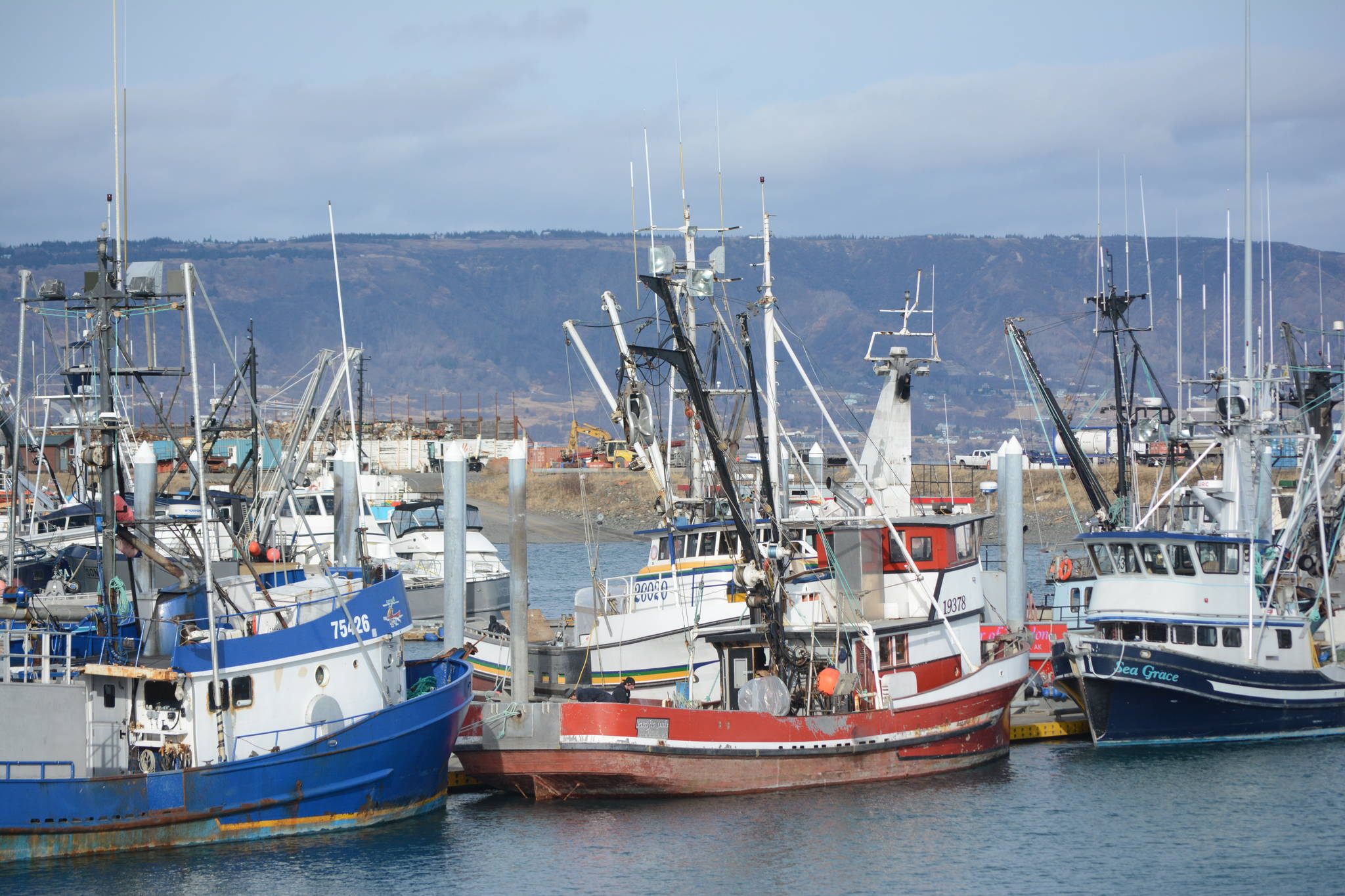Bristol Bay is looking at another substantial salmon return next season with a forecasted 48.9 million sockeye, which would allow for a potential harvest of 36.9 million fish, with 34.5 million in Bristol Bay and 2.3 million fish in the South Peninsula fisheries.
That return would be 6% larger than the most recent 10-year average of Bristol Bay total runs of 45.9 million and 29 percent greater than the long-term (1963–2019) average of 34.6 million fish.
As usual, the Alaska Department of Fish and Game expects all of Bristol Bay’s nine river systems to meet their escapement goals.
The harvest forecast of 34.5 million salmon in the Bay is 11% larger than the most recent 10-year average harvest of 31.1 million salmon, which has ranged from 15.4 million to 42 million, and 38% greater than the long-term average harvest of 21.5 million fish.
The Naknek-Kvichak district is expecting the bulk of the return at about 20 million sockeye, while the Egegik District is expecting around 11 million fish. The Ugashik district is looking for 4.7 million, while the Nushagak district is expecting 12.6 million, the bulk of them headed to the Wood River at 8.6 million. The Togiak district is expected to get a return of about 930,000.
Meanwhile, ADF&G’s Bristol Bay biologist Greg Buck spoke to Isabelle Ross of KDLG Public Radio last week about the enormous returns in the area in recent summers, and how they can impact future returns.
The summer of 2018 broke the all-time record of 62.3 million salmon returning to the Bay, Ross reports. If Bay-wide runs continue at these high levels, Buck says fish could start producing fewer offspring in systems like the Wood River.
“We’ve had kind of record returns somewhere in the Bay for several years now,” Buck told Ross.
“Typically what you’d expect is that at low levels of return, you’d get very productive spawner recruits,” he said. “Each fish will produce many more than itself. The thinking is, at the higher end you don’t get that, because of resource competition of smolts, carrying capacity of the lakes, that kind of thing. So we may test the upper bounds of the system in a couple years. I don’t know.”
According to the Bristol Bay Regional Seafood Development Association, the fishery generates $658 million in labor income on average and is valued at around $1.2 billion.
“These last two or three years have been some of my best years, catch-wise and dollar-wise,” Mark Niver, who has fished in Bristol Bay for 40 years, told Ross. “It’s just nice to see a steady pattern of fish coming back, ‘cause usually it’s kind of a roller coaster — there’ll be some good years and some bad years. And we’ve had a good string of good years.”
Half of Bristol Bay’s 10 largest runs on record have returned in the last five years. Niver acknowledged that it can’t stay this strong forever, but, at least in the short-term, he’s optimistic.
One major uncertainty is Egegik, a district on the east side of the Bay. In 2019 it exceeded its forecast by 9 million reds. And one cohort stood out in particular: A record number of fish in the run had spent one year in freshwater and two years in the ocean. The unexpected influx from that 1-2 age class made 2020 especially difficult to forecast.
Last summer also saw an unusually high number of fish that spent only one year in freshwater and one in the ocean. Those are called “jacks.”
Daniel Schindler is a professor at the University of Washington who researches Pacific salmon in southwest Alaska. He explained that, generally, only 1% of the returning reds are jacks.
“This year, for most of the streams here in the Wood River, we’re seeing between 5 and 10 percent of the males are jacks,” he told Ross.
“Typically what a big return of jacks reflects is high survival rates for the smolts when they left for the ocean a year ago,” he explained. “And what that typically translates into is a big return of fish that spent two years in the ocean next year, and possibly a lot of fish that spent three years in the ocean, two years from now. So in many ways it’s a leading indicator of what we should expect for older fish next year.”
In other Bristol Bay news, the Bristol Bay red king crab fishery is done for the season, harvesting 3.8 million pounds of crab in a season that saw 55 boats participate in a fishery that opened Oct. 15.
This year’s quota was down 12% from last season, and is the lowest since 1982, according to an article in the Bristol Bay Times.
Biologist Nathan Nichols told the Times, “We are seeing a continued downward trajectory, and the fishery may not even open next year if the trend continues.”
However, he cautioned that nothing will be known for sure until after next summer’s trawl survey of crab stocks.
Citing low numbers of both female and male crab, and low numbers of the young shellfish, Nichols said, “It’s not going in a positive direction for the stocks right now.”
The crab per pot average was low too, at 14, down from 20 in the previous two years, he said. This year’s per pot average, known as CPUE or catch per unit of effort, is the lowest since rationalization took effect in 2005. The last time it was lower was 2000 with an average of 12 crab per pot.
Cristy Fry can be reached at realist468@gmail.com



